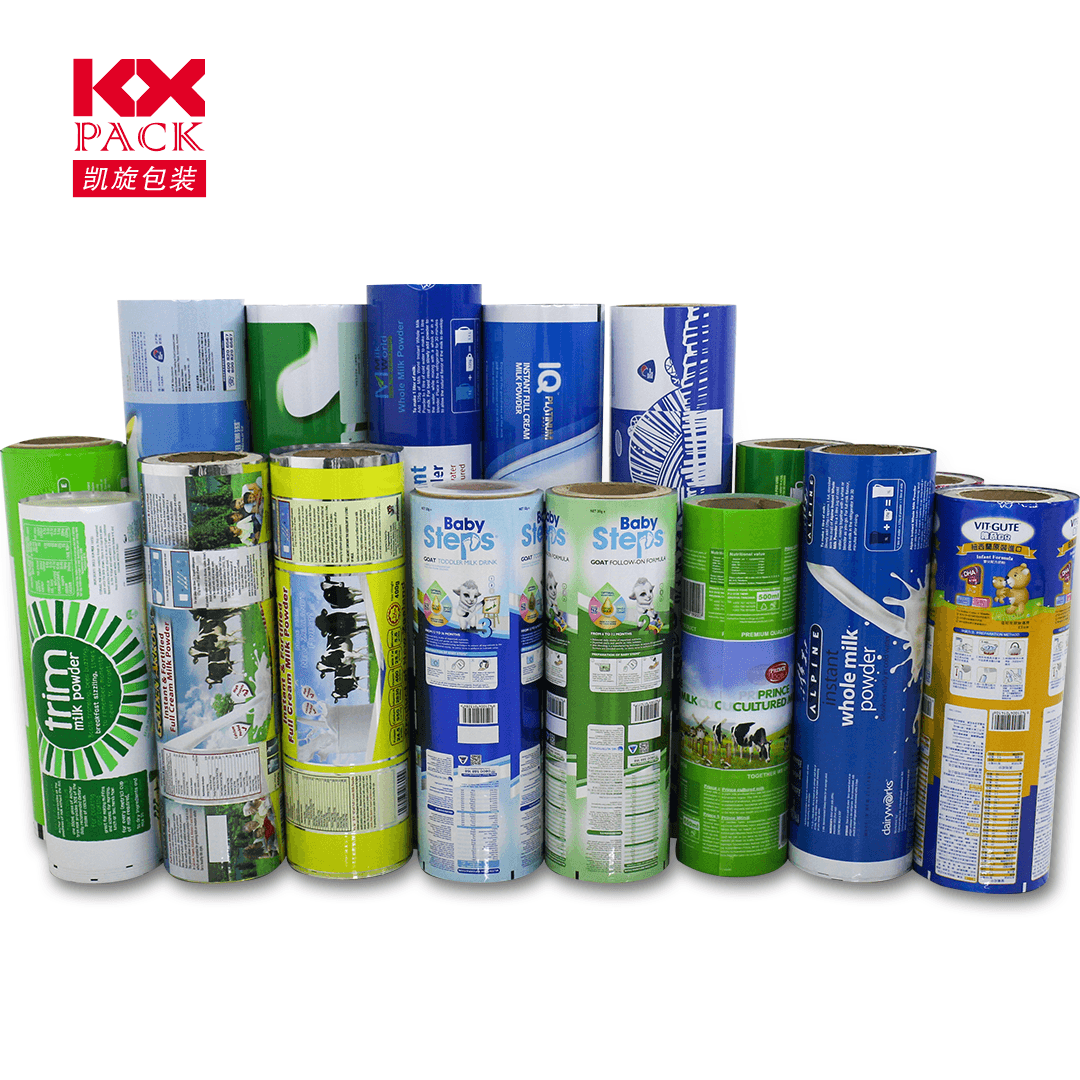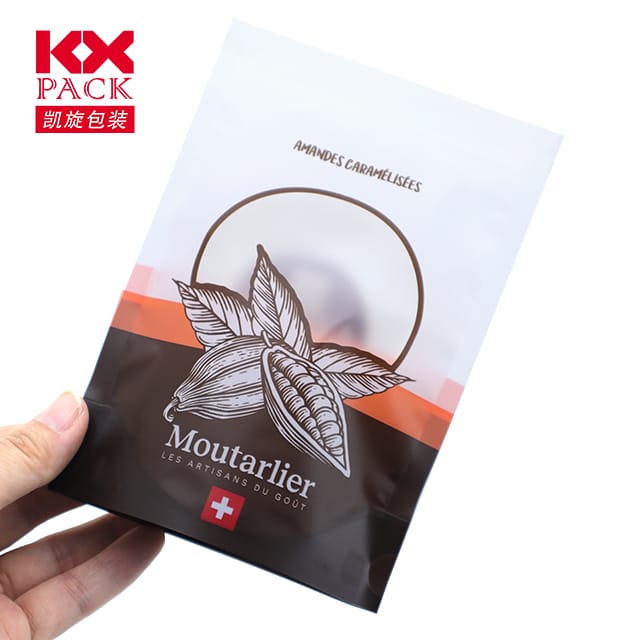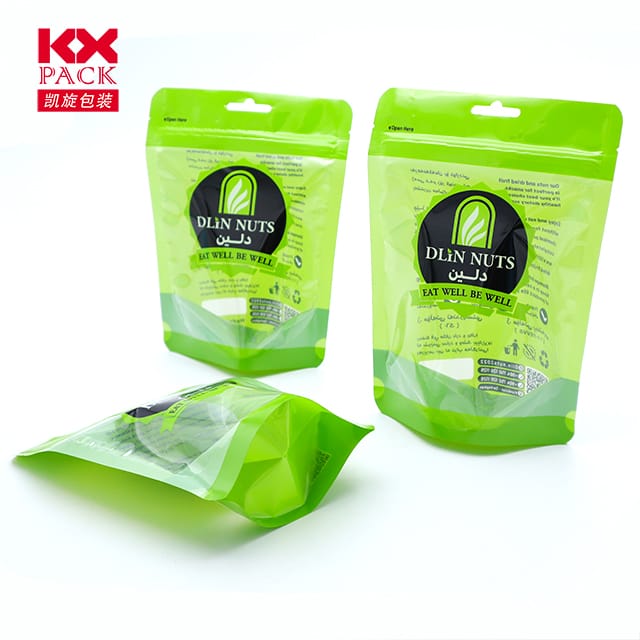The Ultimate Guide to Food Wrapping Film: ประเภท, ใช้, and Eco-Friendly Alternatives(4)
ฟิล์มห่ออาหาร
ไม่ว่าคุณจะบรรจุของเหลือ, prepping meals, or keeping snacks fresh, food wrapping film (ยังเป็นที่รู้จักกันในชื่อ Cling Film, ห่อพลาสติก, หรือ Saran Wrap) is a kitchen staple. แต่ด้วยความกังวลที่เพิ่มขึ้นเกี่ยวกับขยะพลาสติกและความปลอดภัยทางเคมี, how can you choose the right option for your needs while minimizing environmental harm? Let’s dive into the world of food wrapping films, from traditional choices to sustainable swaps.
What Is Food Wrapping Film?
ฟิล์มห่ออาหารบาง ๆ, flexible plastic sheet designed to create an airtight seal around food, ป้องกันการเน่าเสีย, การสูญเสียความชื้น, and contamination. It’s commonly used to wrap sandwiches, cover bowls, or store cut fruits and vegetables. While convenient, not all films are created equal—material, ความหนา, and safety certifications vary widely.
Types of Food Wrapping Film
- พีวีซี (โพลีไวนิลคลอไรด์) ฟิล์ม
- ผู้เชี่ยวชาญ: ซื้อได้, clingy, and transparent.
- ข้อเสีย: Contains plasticizers (like phthalates) that may leach into food, especially fatty or acidic items. PVC is also non-recyclable and harmful to the environment.
- วิชาพลศึกษา (โพลีเอทิลีน) ฟิล์ม
- ผู้เชี่ยวชาญ: Safer than PVC (สารบีพีเอ- and phthalate-free), microwave-safe, and recyclable in some areas.
- ข้อเสีย: Less clingy than PVC, so it may require double-wrapping.
- PVDC (Polyvinylidene Chloride) ฟิล์ม
- ผู้เชี่ยวชาญ: Excellent barrier against oxygen and moisture, keeping food fresher longer.
- ข้อเสีย: Rarely used today due to environmental concerns; often replaced by PE or eco-friendly alternatives.
- Biodegradable/Compostable Films
- Made from plant-based materials like cornstarch, เซลลูโลส, or sugarcane.
- ผู้เชี่ยวชาญ: Breaks down naturally in compost systems, reducing plastic pollution.
- ข้อเสีย: Often pricier and may not cling as well as traditional plastics.
How to Choose the Right Film
- Safety First: Opt for PE or plant-based films labeled “food-safe” and free from BPA, phthalates, and PVC.
- Purpose: For long-term storage, choose a thicker film with a strong seal. For quick wraps, a lightweight PE option suffices.
- ความยั่งยืน: Prioritize recyclable or compostable brands if possible.
Eco-Friendly Alternatives to Plastic Wrap
Concerned about plastic waste? Try these reusable and sustainable options:
- Weeswax wraps: ทำจากฝ้ายเคลือบในขี้ผึ้ง, these wraps are washable, ย่อยสลายได้, and perfect for covering bowls or wrapping cheese.
- ครอบคลุมอาหารซิลิโคน: ทนทาน, สุญญากาศ, and dishwasher-safe, silicone lids fit snugly over bowls and containers.
- ภาชนะแก้ว: Invest in leak-proof glass containers with lids for meal prep and storage.
- ผ้าคลุมผ้า: Elasticized fabric bowls covers are breathable and machine-washable.
Pro Tips for Using Food Wrapping Film
- Avoid Microwaving Plastic Film: ความร้อนอาจทำให้สารเคมีปล่อยเป็นอาหาร. Use PE film or switch to microwave-safe silicone covers.
- Wrap Food Properly: Press the film tightly against the food’s surface to eliminate air pockets, which speed up spoilage.
- Store in a Cool Place: Heat can weaken the film’s seal and cause it to melt.
อนาคตของการห่ออาหาร
Innovations like edible food films (made from starch or seaweed) and smart packaging that detects spoilage are on the horizon. ในขณะเดียวกัน, brands are increasingly offering recyclable or compostable options to meet consumer demand for sustainability.
ความคิดสุดท้าย
Food wrapping film is a kitchen essential, but choosing the right type matters—for your health and the planet. While traditional plastics offer convenience, eco-friendly alternatives like beeswax wraps and silicone covers provide a greener, reusable solution.
คุณมีวิธีการรักษาความสดของอาหารอย่างไร? Share your tips or favorite sustainable swaps in the comments below! 🌱🍴






